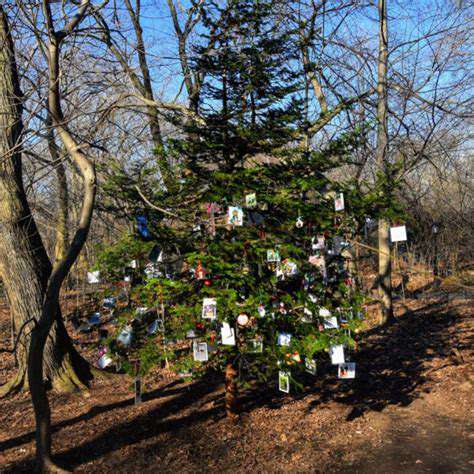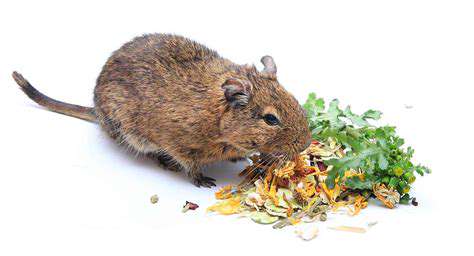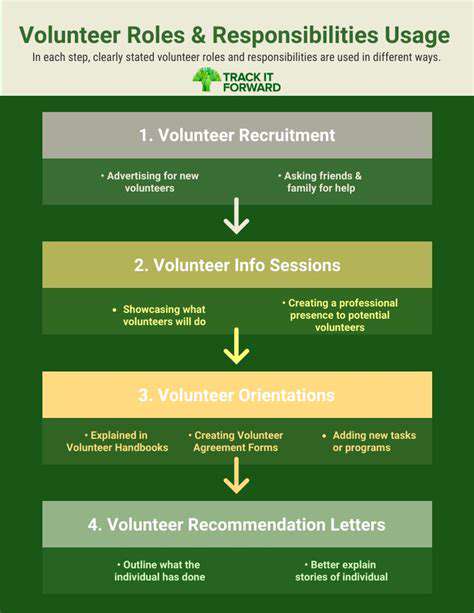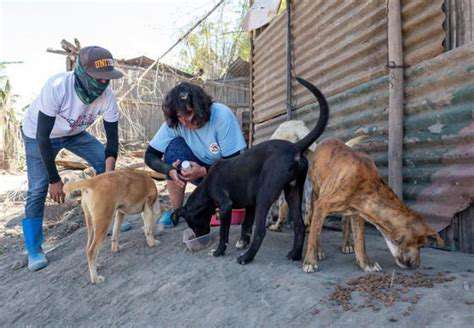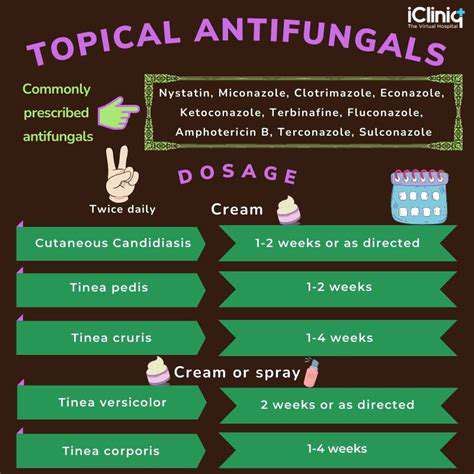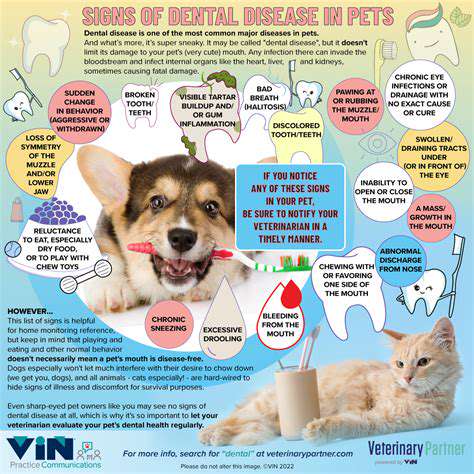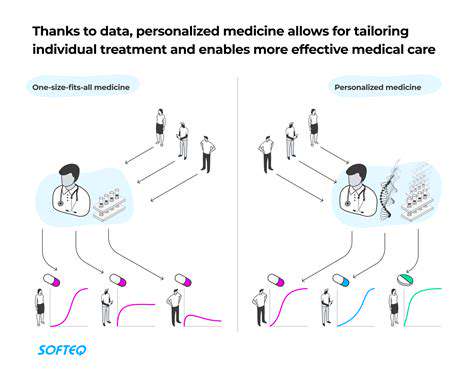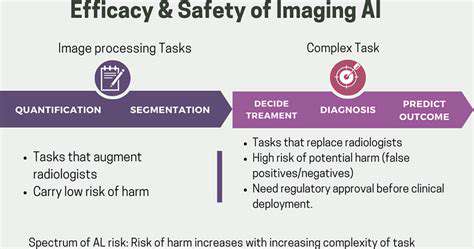The Risks of Carbon Monoxide Poisoning for Pets
Understanding Carbon Monoxide
Carbon monoxide (CO) is a colorless, odorless, and tasteless gas that's incredibly dangerous to both humans and animals. It's a silent killer, often going undetected until it's too late. This insidious gas binds to hemoglobin in the blood, preventing oxygen from reaching vital organs. The effects can range from mild headaches and dizziness to severe organ damage and death, making early detection and prevention crucial.
Animals, just like humans, are vulnerable to the toxic effects of CO. Their smaller size and unique physiological needs often make them even more susceptible to the rapid onset of CO poisoning.
Common Sources of CO Exposure
Many sources can release CO into the environment. These include malfunctioning or improperly ventilated heating systems, such as furnaces, fireplaces, and water heaters. Vehicles, especially those running in enclosed spaces, are another significant source. Even poorly maintained generators or gas stoves can contribute to CO buildup indoors.
Outdoor sources, although less common, can also pose a risk. In some situations, incomplete combustion of fuels in industrial settings or during wildfires can release CO into the atmosphere, endangering nearby animals.
Symptoms of CO Poisoning in Animals
Recognizing the early signs of CO poisoning is vital for timely intervention. Symptoms can vary depending on the animal's size, breed, and the severity of exposure. Common symptoms include lethargy, weakness, difficulty breathing, vomiting, loss of coordination, and even seizures. Animals may also exhibit behavioral changes, such as disorientation or unusual restlessness. If you notice any of these signs, immediate action is critical.
Protecting Your Pets from Exposure
Prevention is key in protecting your pets from CO exposure. Ensure proper ventilation in your home, especially in areas where heating or gas appliances are used. Regular maintenance of these appliances is essential to prevent malfunctions that could release CO. Never run a vehicle's engine in a closed garage or enclosed space.
Protecting Farm Animals
Farm animals, particularly those housed in barns or other enclosed structures, are at higher risk of CO exposure. Proper ventilation and regular inspection of heating systems are paramount. Ensure the animals have access to fresh air and monitor them closely for any signs of illness or distress. Consider carbon monoxide detectors in farm buildings.
The Importance of Early Detection
Carbon monoxide detectors are a crucial safety measure for both homes and farm environments. These devices can alert you to the presence of CO, allowing for prompt action and potential rescue of affected animals. The earlier you detect CO, the better the chances of a full recovery for your animals. Regularly testing and maintaining these devices is essential for their effectiveness.
Seeking Veterinary Care Immediately
If you suspect your animal has been exposed to carbon monoxide, seek immediate veterinary attention. The sooner professional help is sought, the better the chances of a positive outcome. Veterinarians are equipped to diagnose and treat CO poisoning, providing the necessary medical care to help your animal recover. Timely intervention can significantly improve the chances of survival.

Potential Sources of Carbon Monoxide Exposure for Pets
Improperly Functioning Appliances
Carbon monoxide (CO) is a colorless, odorless, and tasteless gas that can be extremely dangerous for pets, and even deadly in high concentrations. One significant source of CO exposure for pets is malfunctioning appliances. This includes improperly installed or maintained furnaces, water heaters, and other heating systems. These appliances can leak CO into the home, creating a risk for pets who are exposed to the gas for extended periods.
Malfunctioning gas stoves, ovens, and even fireplaces can also release CO. Regular maintenance and inspections of these appliances are crucial to preventing CO leaks and protecting your furry friends. Never leave appliances unattended while they're running, and ensure that any repairs are handled by qualified professionals.
Incomplete Combustion in Furnaces and Stoves
Incomplete combustion is a common cause of carbon monoxide emissions from heating appliances. This occurs when there isn't enough oxygen available for the fuel to burn completely. The resulting incomplete combustion creates CO, which can seep into the house and endanger pets who spend time in that area, potentially leading to serious health issues or even death.
Vehicle Exhaust
Pets, especially those who enjoy spending time outdoors or near garages, can be exposed to carbon monoxide from vehicle exhaust fumes. This is particularly concerning in poorly ventilated areas, such as garages or enclosed spaces where cars are running. The exhaust fumes from cars contain significant amounts of CO, and if the concentration builds up, it can be fatal to pets.
Keeping your pets away from areas where vehicles are running, especially in enclosed spaces, is crucial to minimize their exposure to dangerous exhaust fumes. Ensure proper ventilation in garages and other areas where cars are parked or used to prevent the buildup of CO.
Space Heaters and Portable Appliances
Portable space heaters, especially those that are not properly ventilated, can produce significant levels of carbon monoxide. The same holds true for other portable appliances that burn fuels, such as generators or camp stoves used indoors. Their close proximity to pets increases the risk of CO exposure.
Using these appliances in poorly ventilated areas poses a serious threat. Always prioritize proper ventilation when using such appliances, and keep pets away from their direct vicinity, especially when the appliance is running. Consider alternative heating or cooking methods if possible when pets are present.
Read more about The Risks of Carbon Monoxide Poisoning for Pets
Hot Recommendations
- Customized Sleep Schedules: AI Driven for Sustainable Rest
- Crafting a Personalized Productivity Plan for Mental Clarity
- Sustainable Self Compassion: Cultivating Kindness Towards Your Mind
- Sustainable Productivity Hacks for the Busy Professional
- Sustainable Wellness for Parents: Balancing Family and Self Care
- Data Informed Self Care: Designing Your Personalized Wellness Strategy
- Sustainable Wellness for a Purpose Driven Life
- AI Assisted Mindfulness: Personalized Meditations for Deeper Practice
- Building Inclusive Mental Health Services: Key Initiatives
- AI Powered Self Care: Customizing Your Routine for Maximum Impact
